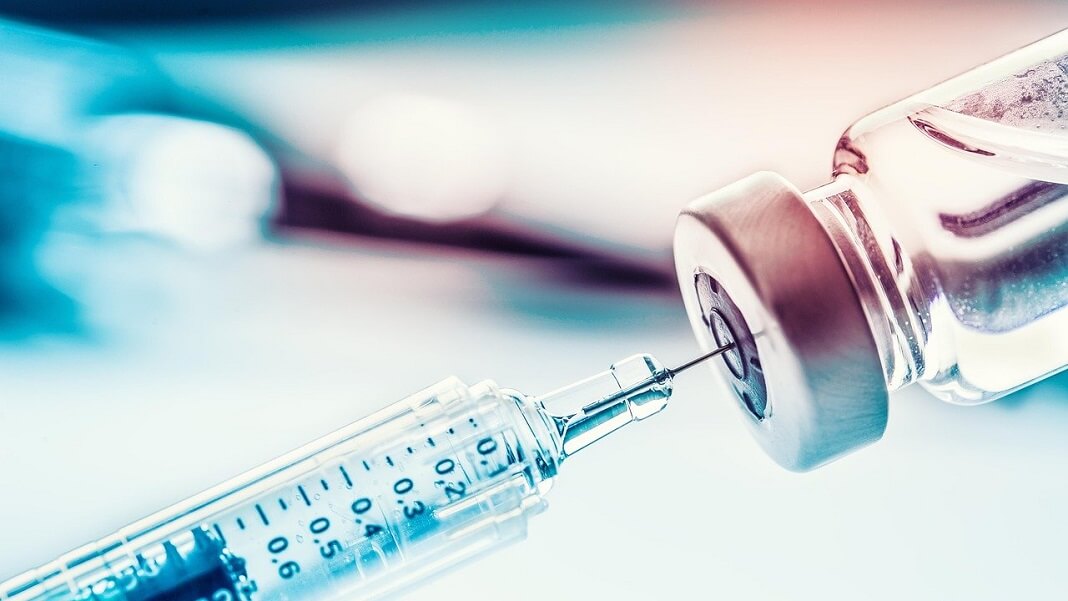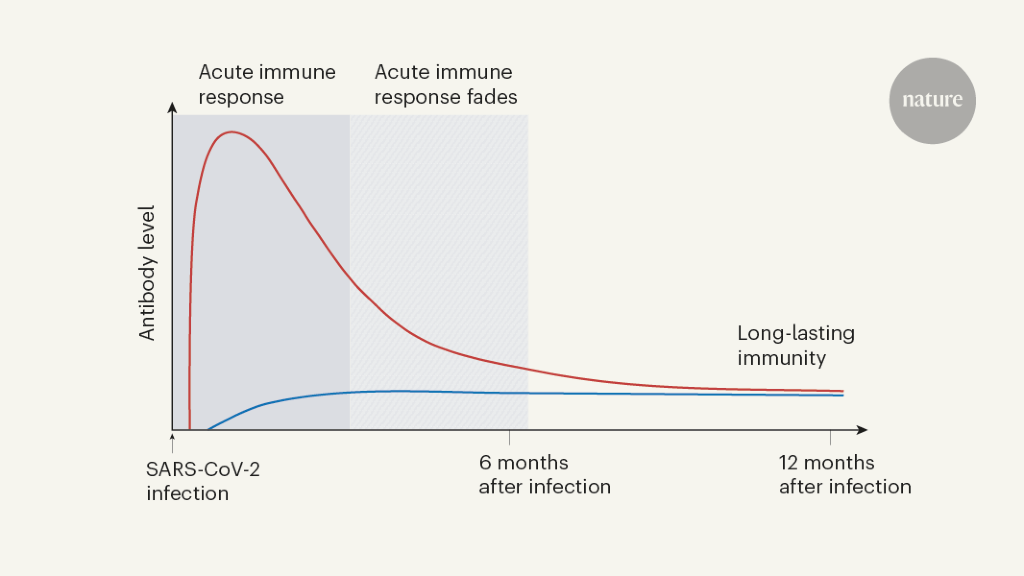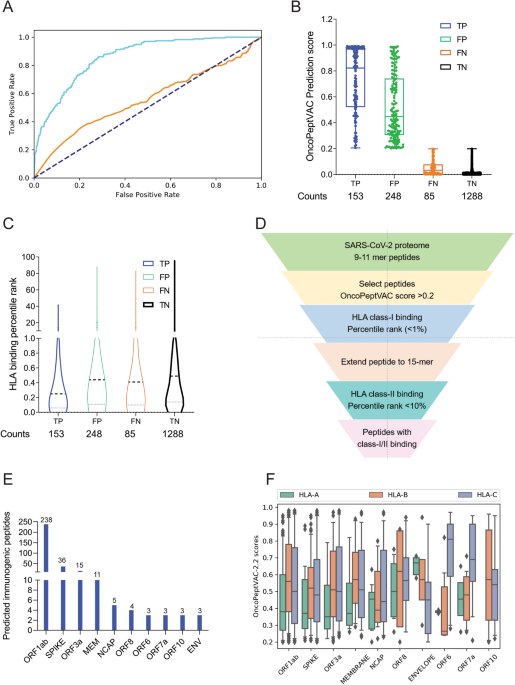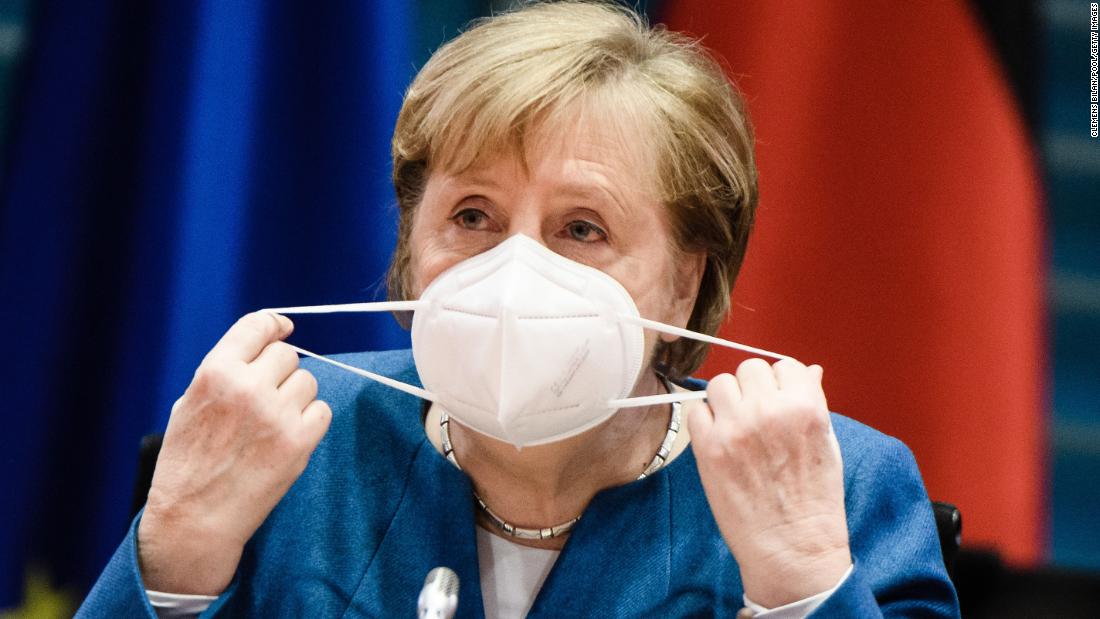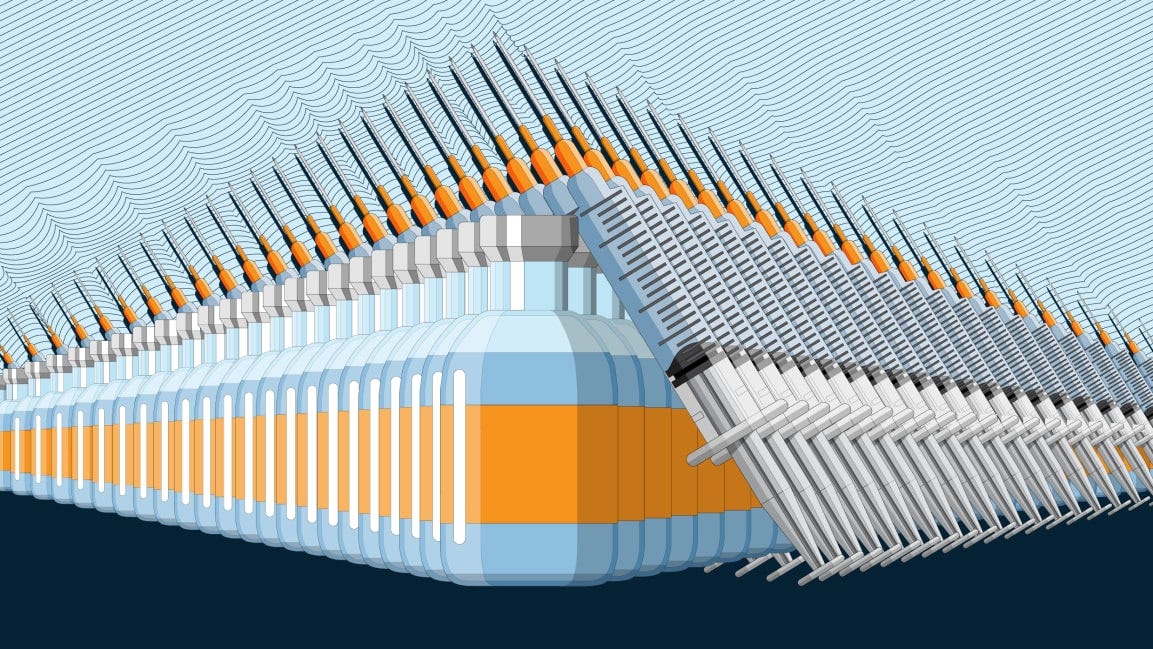SARS-CoV-2 mRNA vaccines induce persistent human germinal centre responses
This is an unedited manuscript that has been accepted for publication. Nature Research are providing this early version of the manuscript as a service to our authors and readers. The manuscript will undergo copyediting, typesetting and a proof review before it is published in its final form. Please note that during the production process errors may be discovered which could affect the content, and all legal disclaimers apply.
Severe Acute Respiratory Syndrome Coronavirus 2 (SARS-CoV-2) messenger RNA (mRNA)-based vaccines are ~95% effective in preventing coronavirus disease 20191–5. The dynamics of antibody secreting plasmablasts (PBs) and germinal centre (GC) B cells induced by these vaccines in humans remain unclear. We examined antigen-specific B cell responses in peripheral blood (n=41) and draining lymph nodes (LNs) in 14 individuals who received two doses of BNT162b2, an mRNA-based vaccine encoding full-length SARS-CoV-2 spike (S) gene1. Circulating IgG- and IgA-secreting PBs targeting the S protein peaked one week after the second immunization then declined, becoming undetectable three weeks later. These PB responses preceded maximal levels of serum anti-S binding and neutralizing antibodies to an early circulating SARS-CoV-2 strain as well as emerging variants, especially in individuals previously infected with SARS-CoV-2, who produced the most robust serologic responses. By examining fine needle aspirates (FNAs) of draining axillary LNs, we identified GC B cells that bound S protein in all participants sampled after primary immunization. Remarkably, high frequencies of S-binding GC B cells and PBs were sustained in these draining LNs for at least twelve weeks after the booster immunization. S-binding GC B cell-derived monoclonal antibodies predominantly targeted the receptor binding domain of the S protein, with fewer clones binding to the N-terminal domain or to epitopes shared with the S proteins of the human betacoronaviruses OC43 and HKU1. The latter cross-reactive B cell clones had higher levels of somatic hypermutation compared to those that only recognized SARS-CoV-2 S protein, suggesting a memory B cell origin. Our studies demonstrate that SARS-CoV-2 mRNA-based vaccination of humans induces a persistent GC B cell response, enabling the generation of robust humoral immunity.
Jackson S. Turner, Wooseob Kim, Aaron J. Schmitz, Julian Q. Zhou, Tingting Lei, Mahima Thapa, Rita E. Chen & Ali H. Ellebedy
Leave a Comment
Related Posts

Tale of Two Intersecting Epidemics: Why We Need mRNA Vaccines in Africa, and For All Who Are Immunocompromised
Comment
